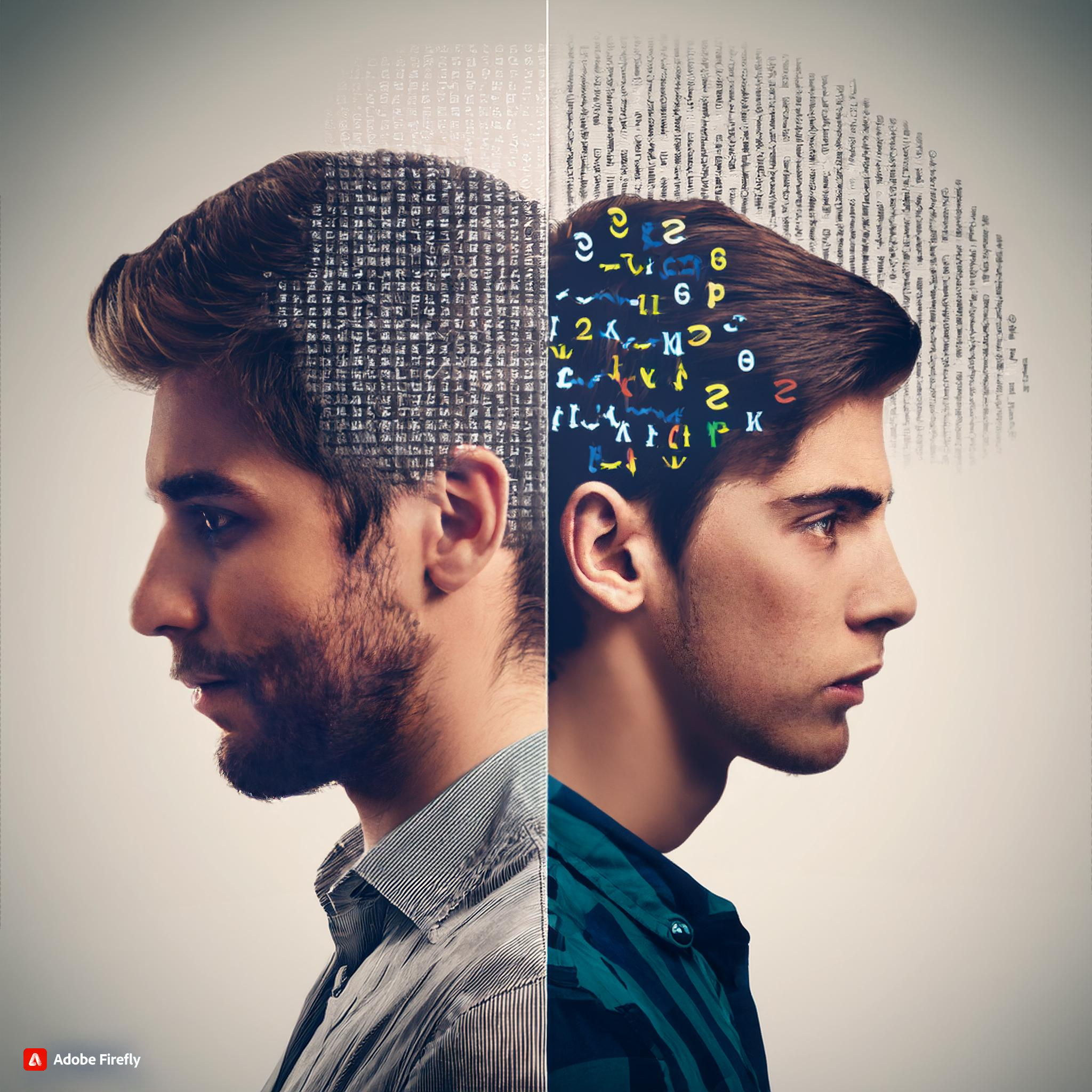Dyslexia vs Dyscalculia: Understanding the Differences

Dyslexia and dyscalculia are both learning disorders that can significantly impact a person’s academic performance and daily life. However, while they may share some similarities, they affect different aspects of learning and brain function. This article will explore the differences between dyslexia and dyscalculia, helping you understand each condition and how they impact individuals.
What is Dyslexia?
Dyslexia is a specific learning disorder that primarily affects reading and language processing. It is a neurological condition that makes it difficult for individuals to decode words, recognize letters, and understand written language. People with dyslexia often struggle with spelling, writing, and reading fluently, even though they may have normal intelligence and vision.
Key Symptoms of Dyslexia:
- Difficulty reading and decoding words.
- Problems with spelling and writing.
- Trouble recognizing and remembering letters and words.
- Slow reading speed.
- Difficulty understanding written text.
Dyslexia is estimated to affect about 5-10% of the population, and it often becomes apparent in early childhood as children begin learning to read.
What is Dyscalculia?
Dyscalculia, on the other hand, is a specific learning disorder that affects mathematical abilities. It is often referred to as “math dyslexia” because of its impact on number processing and mathematical reasoning. Individuals with dyscalculia may struggle with basic arithmetic, understanding numbers, and performing calculations.
Key Symptoms of Dyscalculia:
- Difficulty understanding and working with numbers.
- Problems with basic arithmetic operations (addition, subtraction, multiplication, division).
- Trouble recognizing number patterns and sequences.
- Difficulty telling time or managing money.
- Struggles with math-related tasks in everyday life.
Dyscalculia is less well-known than dyslexia, but it is believed to affect around 3-6% of the population. Like dyslexia, it can be diagnosed in childhood but often goes undiagnosed because it is mistaken for a general lack of math skills.
Dyslexia vs. Dyscalculia: The Key Differences
While both dyslexia and dyscalculia are learning disorders, they affect different areas of learning and cognition:
- Area of Impact:
- Dyslexia: Primarily affects reading, writing, and language processing.
- Dyscalculia: Primarily affects mathematical reasoning, number sense, and arithmetic.
- Symptoms:
- Dyslexia: Includes difficulty reading, spelling, and understanding written text.
- Dyscalculia: Includes difficulty with numbers, calculations, and math-related tasks.
- Brain Function:
- Dyslexia: Involves differences in the brain areas responsible for language processing.
- Dyscalculia: Involves differences in the brain areas responsible for numerical and mathematical processing.
- Diagnosis:
- Dyslexia: Often diagnosed in early childhood when reading difficulties become apparent.
- Dyscalculia: May be diagnosed later as math challenges become more evident in school.
Managing Dyslexia and Dyscalculia
Both dyslexia and dyscalculia require targeted interventions to help individuals manage their symptoms and succeed academically:
- For Dyslexia: Reading interventions, phonics instruction, and specialized tutoring can help improve reading skills.
- For Dyscalculia: Math interventions, using visual aids, and breaking down complex problems into smaller steps can help improve math skills.
Conclusion
Dyslexia and dyscalculia are distinct learning disorders that affect different areas of learning. Understanding the differences between these conditions is essential for providing the right support and interventions. Whether a person struggles with reading or math, early identification and tailored strategies can help them overcome their challenges and achieve their full potential.

